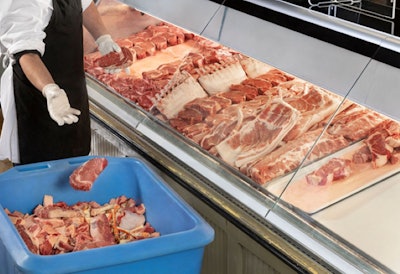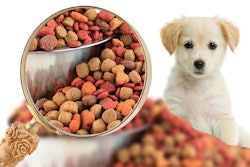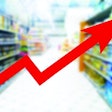
As more consumers and businesses focus on sustainability, one of the areas starting to gain more attention is food waste: About 40% of all human food produced globally is lost or goes to waste, according to a report by WWF and Tesco.
Pet food is not part of the problem, however; in fact, it offers solutions. Consider upcycling, or “creating new, high-quality products from surplus food,” the Upcycling Food Association (UFA) definition. From straightforward use of upcycled foods in pet treats and pet foods, which has been happening for several years, to newer processes and products like California Safe Soil’s (CSS) collection and conversion of supermarket fruits, vegetables and meats into pet food ingredients, pet food is becoming a key weapon in the fight against food waste.
Actually, it always has been, even before food waste became such an issue (or, at least, before it had as much recognition). Pet food’s longtime use of food products not destined for human consumption—including spent grains from the brewing or distilling process (such as dried distiller grains, or DDGS) or meat products often rendered into meals and similar ingredients—could be considered one of the original examples of upcycling.
And yet, we don’t call it that. Should we?
Consumer interest in upcycled foods, sustainable products
During a webinar presented by Dan Morath, CEO and founder of CSS (and sponsored by CSS), questions arose about communicating the benefits of upcycling to consumers. He cited a study from Drexel University’s Food Lab that showed consumers’ willingness to consider what the researchers called value-added surplus products, quite the mouthful of terms. Apparently recognizing that, the study authors also asked which one-word label the consumers preferred for those products, and the top choice was upcycled, winning out over words like reprocessed, recycled, reclaimed, upscaled and rescued.
That data, however, was from 2017. More recently, in a Petfood Forum 2021 presentation, Ben Gray, then chief innovation officer for UFA (now co-founder and strategic advisor), shared data showing that 80% of consumers “would choose upcycled foods once they’re familiar with them.” Further, 51% of those consumers had increased intent to buy a product with UFA’s Upcycled Certified logo on the package versus a product without the logo.
This preference toward a certified product indirectly supports findings from other consumer surveys, including one conducted in 2022 by Yummypets, a France-based social community for pet lovers, of more than 1,500 pet owners in Belgium, Canada, France, U.K. and U.S. The survey results, reported by David Palacios Rubio, editorial manager of GlobalPets magazine, showed only 24% of U.S. respondents, 37.8% of French pet owners and 35.4% of British owners said they would pay more for environmentally friendly products.
At the same time, a significant majority, 82.2%, of pet owners from all five countries believed it’s important for a product to be manufactured by an environmentally friendly company. The disconnect could come from this: 41.7% of respondents said they’re skeptical of pet food companies’ sustainability claims, with only 29.6% believing them. Thus, a logo showing certification—proof of sustainability claims, in this scenario—may help pet food brands achieve trust and credibility with pet owners.
Opportunity to rebrand by-products?
CSS has achieved the Upcycled Certified logo for its products yet hasn’t quite reached the point of having a mass of its products on the market, so label claims for the ingredients are still up in the air. During the webinar, Morath said he and the company were working with the Association of American Feed Control Officials on claims, trying to gain approval for “hydrolyzed fruits and vegetables” and “hydrolyzed meats.”
Perhaps in conjunction with the certification logo, that could help pet food brands win over pet owners, but “hydrolyzed” doesn’t seem a common enough term in my mind. Should the players in this category collaborate to make a push for “upcycled”—not just for ingredients like CSS’s but also traditional ones like rendered meat meals?
Those have long been called by-products, a term that has come to be demonized and carry negative, albeit inaccurate, connotations. Some in the industry have suggested rebranding them as co-products, but I have to wonder if terms like “upcycled poultry products” or “upcycled meat products” would better resonate with consumers.
True, there would be regulatory implications, and I’m not sure if the rendering industry would see the need to invest in obtaining something like Upcycled Certified status. But if the interest in upcycling, not to mention sustainability, continues among consumers, it may be an opportunity worth investigating.


















